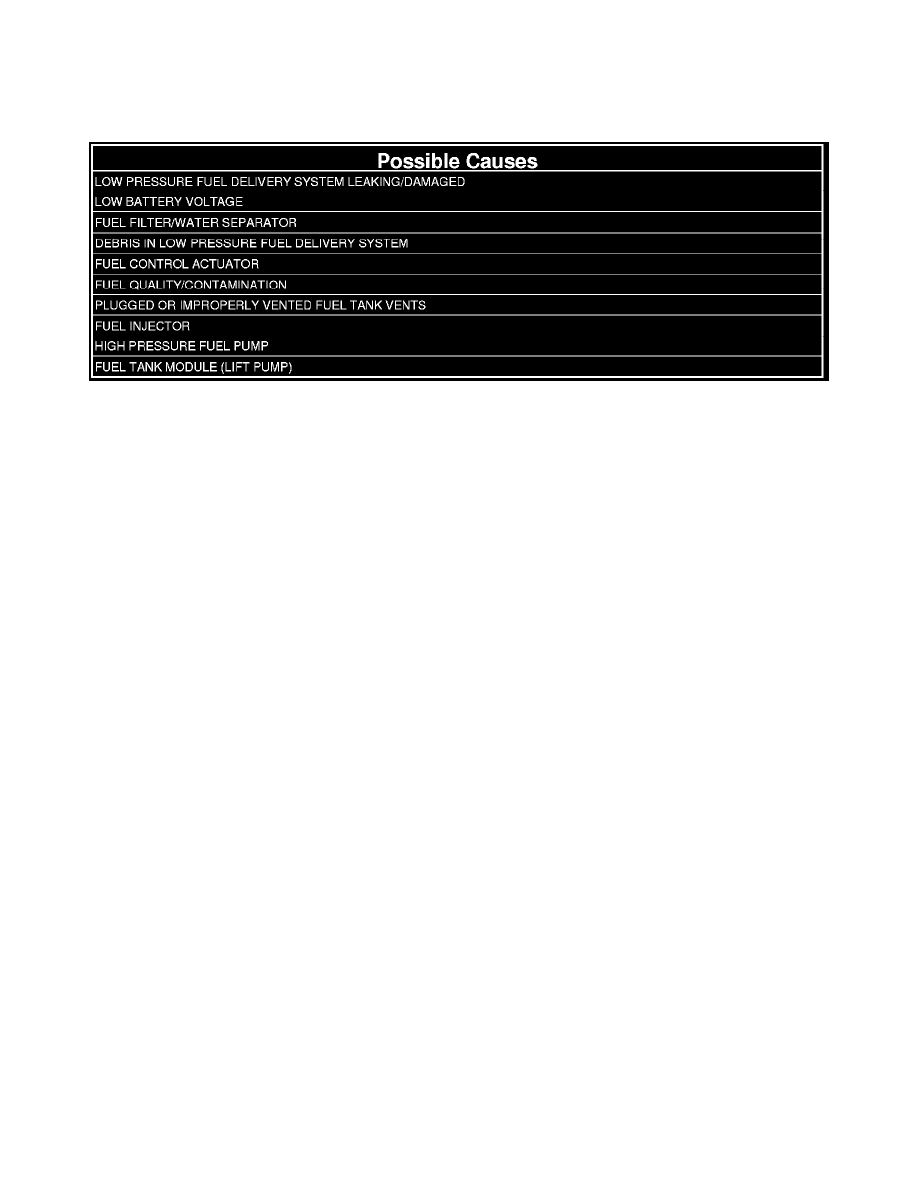RAM 2500 Truck 2WD L6-6.7L DSL Turbo (2010)

Fuel Pressure: Testing and Inspection
CHECKING THE FUEL DELIVERY SYSTEM
For a complete wiring diagram, refer to the Wiring Information .
WARNING: Follow these safety precautions to reduce the risk of fire and possible serious or fatal injury when performing this test procedure.
-
Fuel or fuel vapors are highly flammable. A fire could occur if an ignition source is present. Do not expose the fuel or the test
equipment used in this procedure to open flames or sparks.
-
Inhalation of fuel vapors could lead to disorientation and personal injury. Keep the service area well ventilated, or perform
this test procedure in an area where there is a building exhaust removal system.
-
Relieve fuel system pressure before servicing fuel system components.
-
Use extreme caution when connecting and disconnecting fuel lines.
-
Considerable fuel leakage may occur when servicing the fuel system. Wear protective eyewear and clothing to protect from
fuel splash, and take suitable fuel containment measures.
-
Wrap a shop towel around the fuel pressure gauge connection to absorb fuel leakage that occurs when connecting the test
equipment. Place the towel in an approved container when complete.
-
Never store fuel in an open container due to the possibility of fire or explosion. Have a dry chemical (Class B) fire extinguisher
nearby.
-
High-pressure fuel lines deliver diesel fuel under extreme pressure from the injection pump to the fuel injectors. This may be as
high as 26,107 psi (1800 bar). Use extreme caution when inspecting for high-pressure fuel leaks. Fuel under this amount of
pressure can penetrate skin causing possible serious or fatal injury.
1. VISUALLY CHECK THE FUEL DELIVERY SYSTEM FOR LEAKS AND DAMAGE
NOTE: Make sure that both Batteries are fully charged before proceeding. A weak battery can cause inaccurate fuel volume readings.
1. Turn the ignition off.
2. Visually inspect the Fuel Delivery System for external leaks and damage.
3. Visually inspect the Fuel tank vents and hoses for any signs of a possible restriction or plugging.
Is the system leaking, plugged, or damaged?
Yes
-
Repair/replace as necessary.
-
Perform the POWERTRAIN VERIFICATION TEST - 6.7L. See: Computers and Control Systems/Testing and Inspection/Diagnostic Trouble
Code Tests and Associated Procedures/Verification Tests/Powertrain Verification Test.
No
-
Go To 2
2. CHECKING FUEL QUALITY/CONTAMINATION
1. Check the quality of the fuel using the DIESEL FUEL CONTAMINATION TEST PROCEDURE. See: Service and Repair/Fuel Contamination.
Were any signs of contamination detected?
Yes
